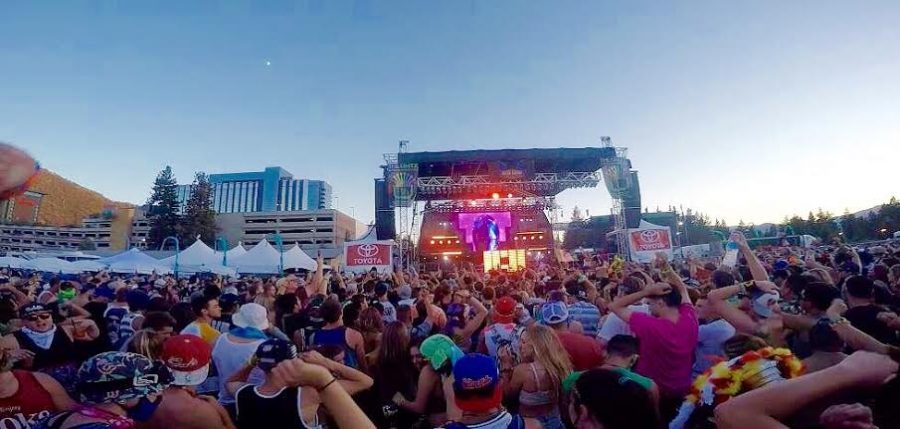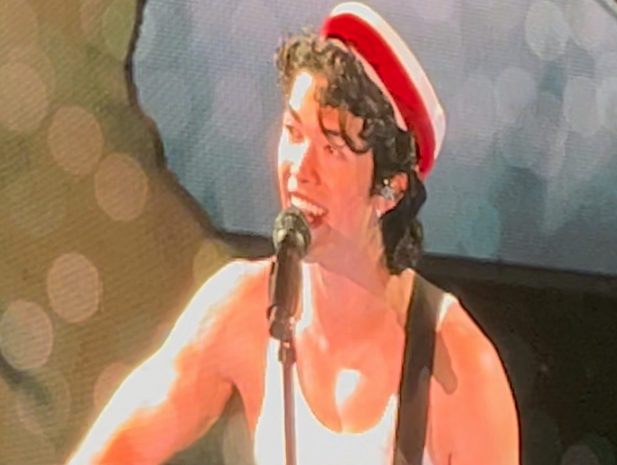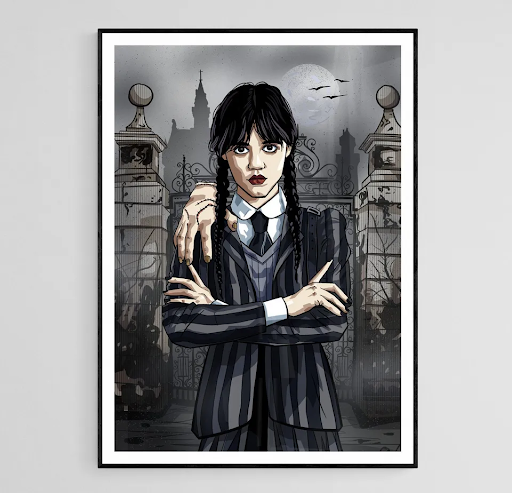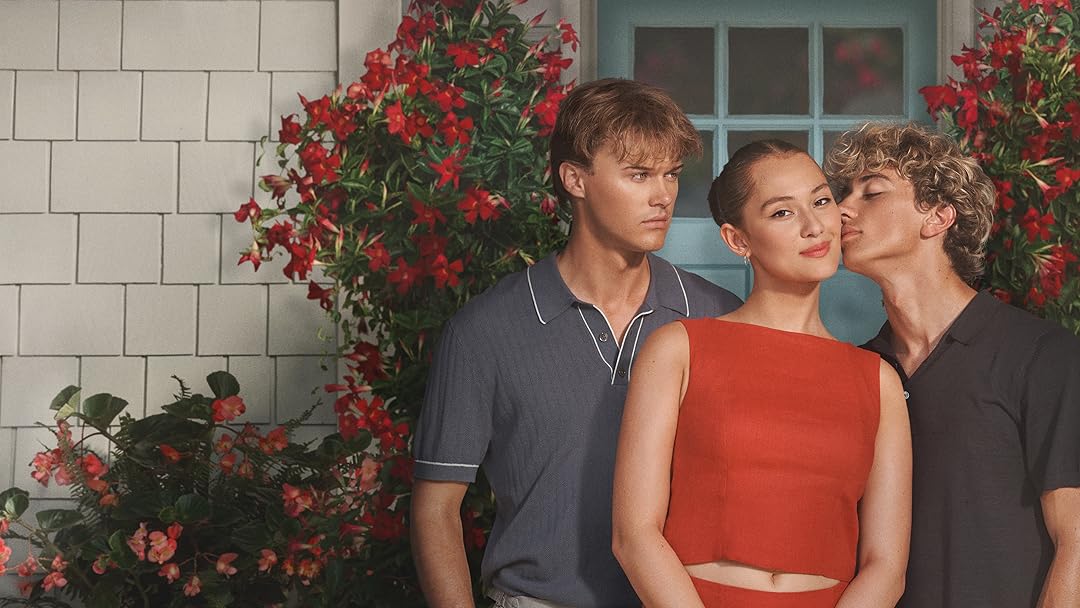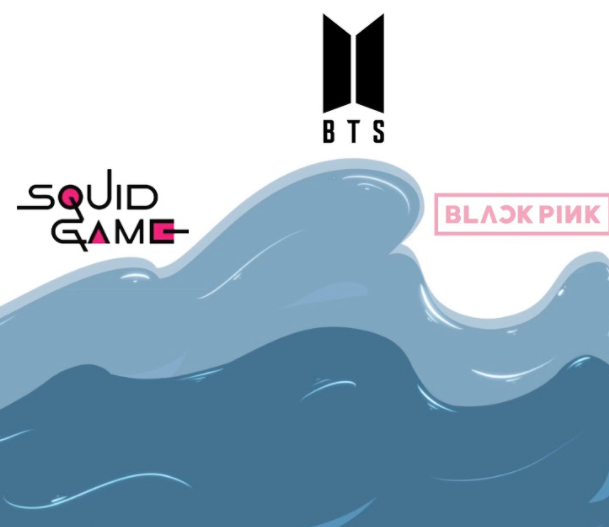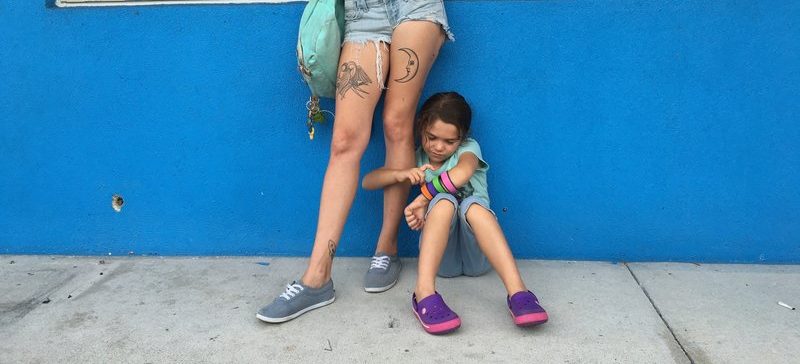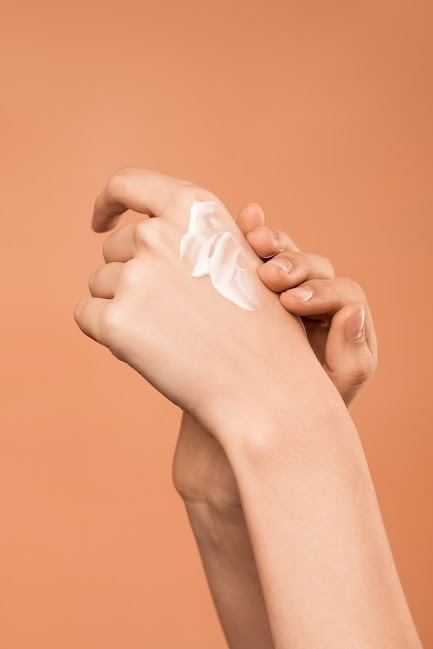EDM, also known as electronic dance music, first emerged onto the mainstream music scene in 2008, beginning with a DJ going by the name Skrillex.
This new genre of music introduced an entirely different way to experience live performances that included extravagant costumes, massive light shows and a dangerous drug culture.
“What I like most about raves is all the friendly, loving people,” Granite Bay High School senior Natalie Colosimo said, “everyone’s so nice and caring.”
Raves have recently surged in popularity, with events occurring all over the United States, and tickets selling for as high as $200.
One rave in particular, Electric Daisy Carnival, attracts as many as 400,000 guests during the three day event, grossing $40 million according to forbes.com.
“EDM music has (gone) from being not popular at all, to almost everyone listening to it,” GBHS junior, Hannah Carver said. “I have been going to raves big and small for a couple years now … I believe that people are taking a part in making (them) more popular because it’s now being discovered by many people.”
One major aspect of the rave scene is the costumes.
“People wear ‘kandi,’ fuzzy boots and glitter and sometimes not a lot of clothing,” Colosimo said.
A popular rave tradition associated with attire is ‘kandi’ trading. ‘Kandi’ are colorful beaded bracelets made from plastic beads. Rave attendees wear these and trade them with others while reciting the acronym “P.L.U.R.” which stands for peace, love, unity and respect.
“There are all different kinds of outfits that people wear to raves,” Carver said. “For the most part, people will dress in a way that can express different things about oneself.”
Aside from the colorful costumes and racy attire, raves do not have an entirely spotless reputation. Many events have suffered multiple fatalities due to drug and alcohol overdose.
Ecstasy, or MDMA, is one of the most commonly consumed drugs at raves, and also the cause of the majority of rave fatalities.
According to billboard.com, many of today’s festival deaths came after attendees showed symptoms associated with taking Molly, the purest form of ecstasy.
MDMA is a stimulant drug that enhances energy and sensory perception. Users commonly use this drug during raves because they are able to dance to music with intense bass and bright light shows for long periods of time.
At a recent rave in Pomona, California, called Hard Summer, two teen girls died from apparent drug overdose. According to laweekly.com, the suspected drugs of abuse included methamphetamine and ecstasy. Unfortunately, those fatalities had not been the first for the annual Hard Summer event.
“Personally, I go to raves for the music and to see artists that i desire to see just like any concert,” Carver said. “But I do believe that there are people that go to raves for drugs.”
Regardless of whether or not people are attending raves for drugs, Colosimo agrees that raves are generally known for drug use and imply a drug culture.
The irony about raves is that although fatalities are common and heavily reported on, the actual amount of fatalities from taking MDMA, in reality, is very small.
Molly, MDMA’s counterpart is producing the dangerous possibility of overdose and dehydration.
While raves may display a fun and party-like environment, attendees recognize that it is important to be aware of the dangers the environment can propose.



